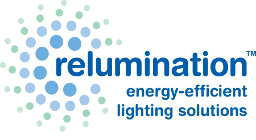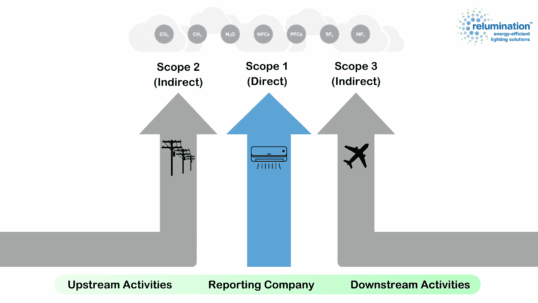Energy efficiency has become one of the buzzwords associated with reducing the impact of commercial activity on the planet. From time to time, it’s helpful to return to basics to reflect on the substance behind the hype. As a reminder, true energy efficiency is simply using less energy for a task to get the same result. Therefore, energy-efficient lighting uses less energy to produce the same light output as its less efficient counterparts. The decision to switch a facility to energy-efficient lighting has implications for that business and the nation.
The Benefits of Energy-Efficient Lighting for One Business
When a facility finds ways to improve energy efficiency, that business saves energy and money through reduced utility costs. Since lighting costs represent up to 30 percent of a facility’s electric expenses, upgrading to energy-efficient lighting can yield significant savings. For example, Relumination’s lighting solutions decreased Southern Glazer’s lighting energy consumption by 91.5 percent.
Facility managers don’t have to be concerned that it will take a long time to see a return on the initial investment. Many Relumination customers see a return on their lighting investment in less than three years.
Energy-Efficient Lighting Is Good for the Nation
While one facility’s switch to energy-efficient lighting is of great benefit to that company, it’s a drop in the bucket for the nation. Yet, if most facilities in the country choose energy-efficient lighting, the country would experience a tremendous positive impact. In fact, the United States Department of Energy reports widespread LED use would save the country more than $30 billion in electricity costs and 348 TWh of electricity by 2027.
Relumination provides energy-efficient lighting solutions for commercial and industrial facilities, including warehouses, distribution centers, and transportation facilities. Contact us to learn how we can help your business.





